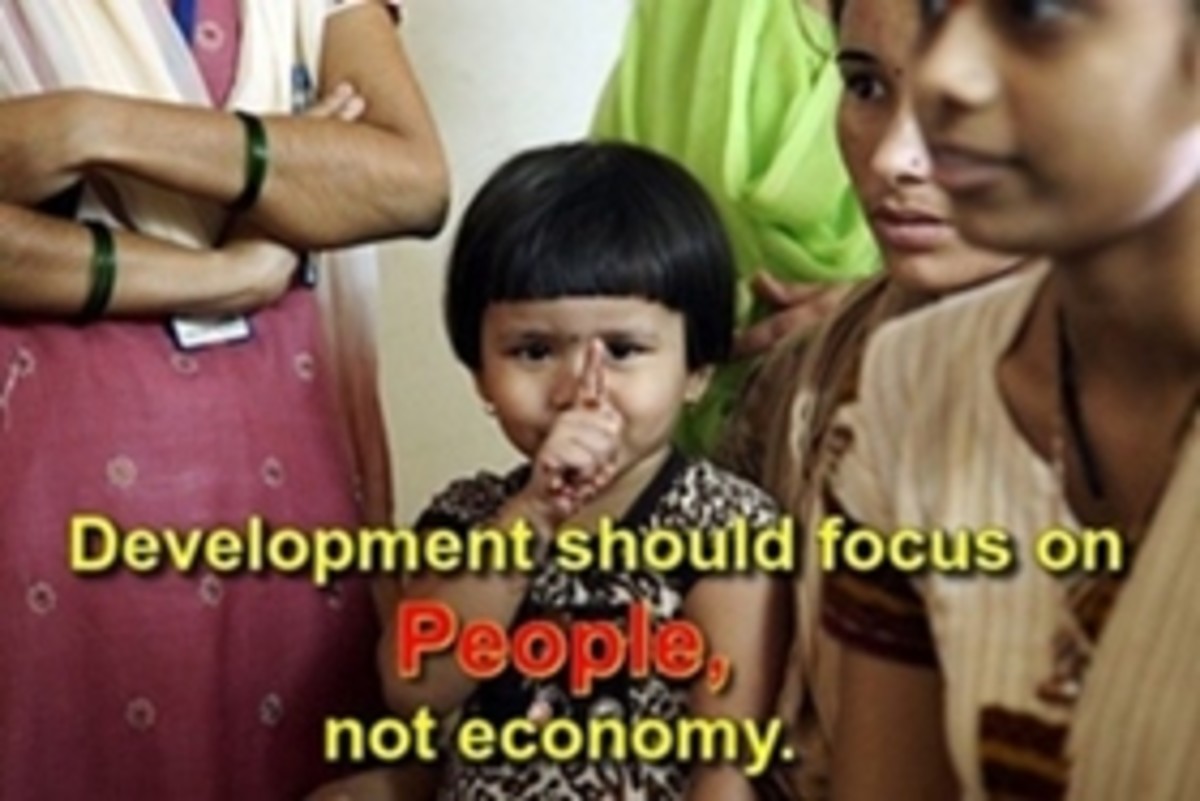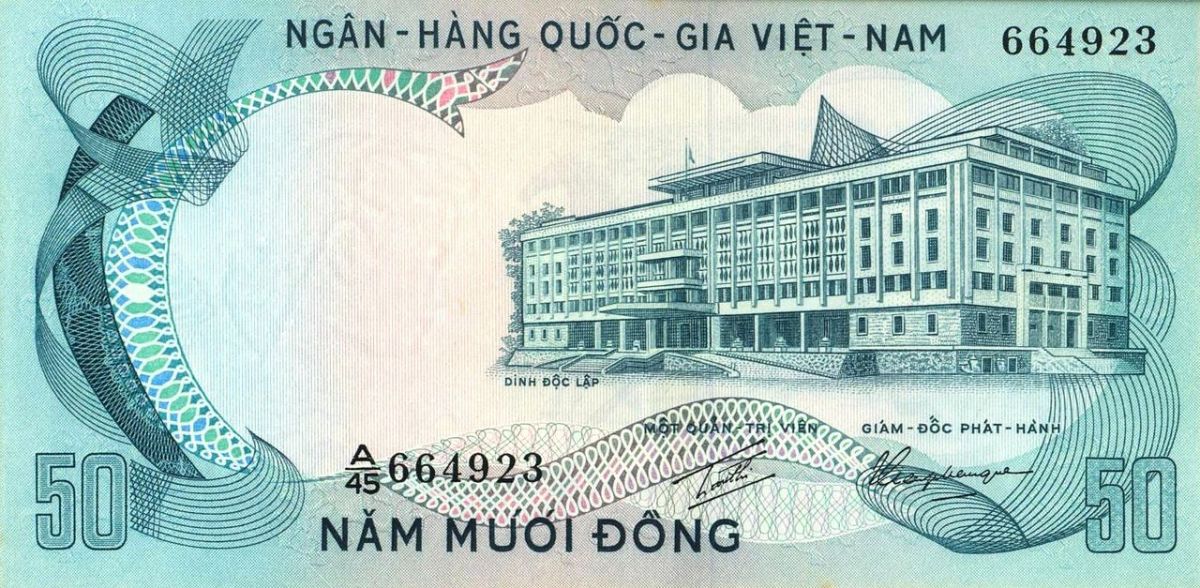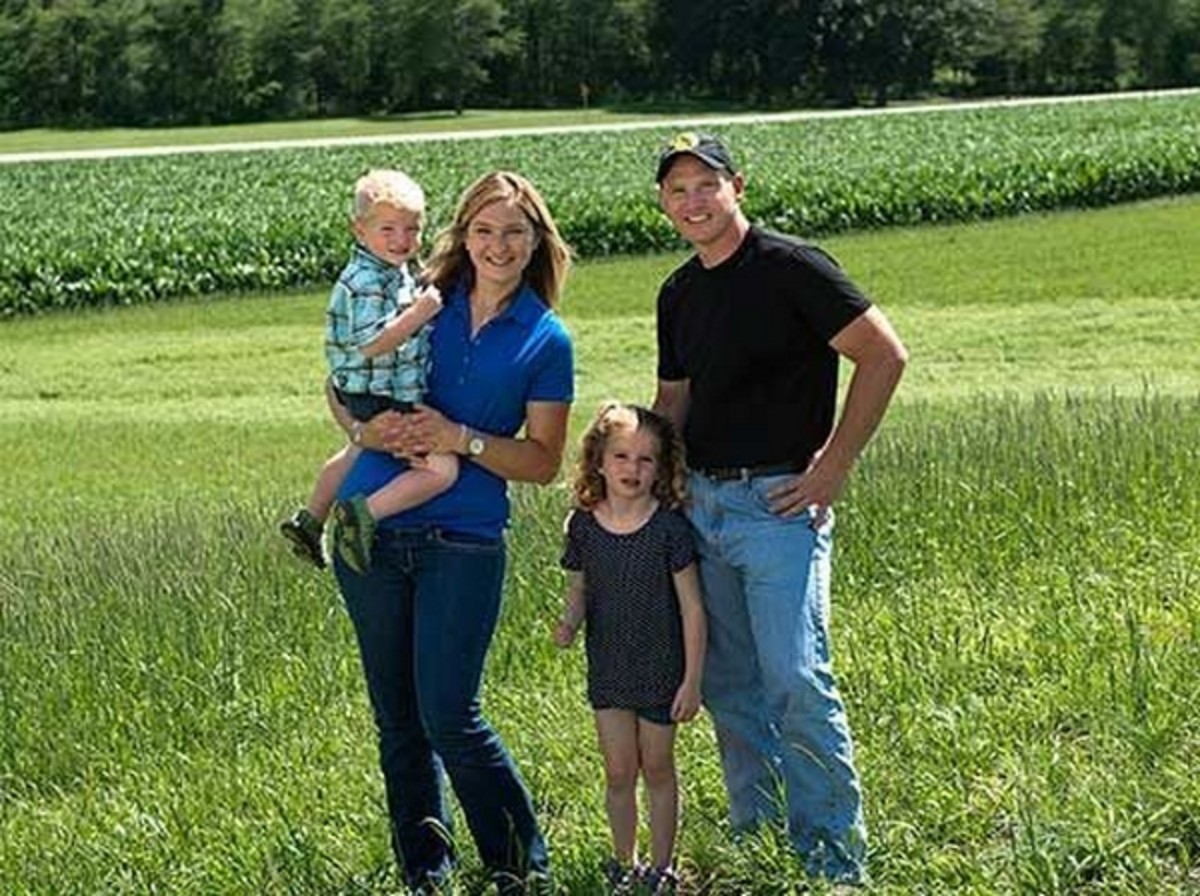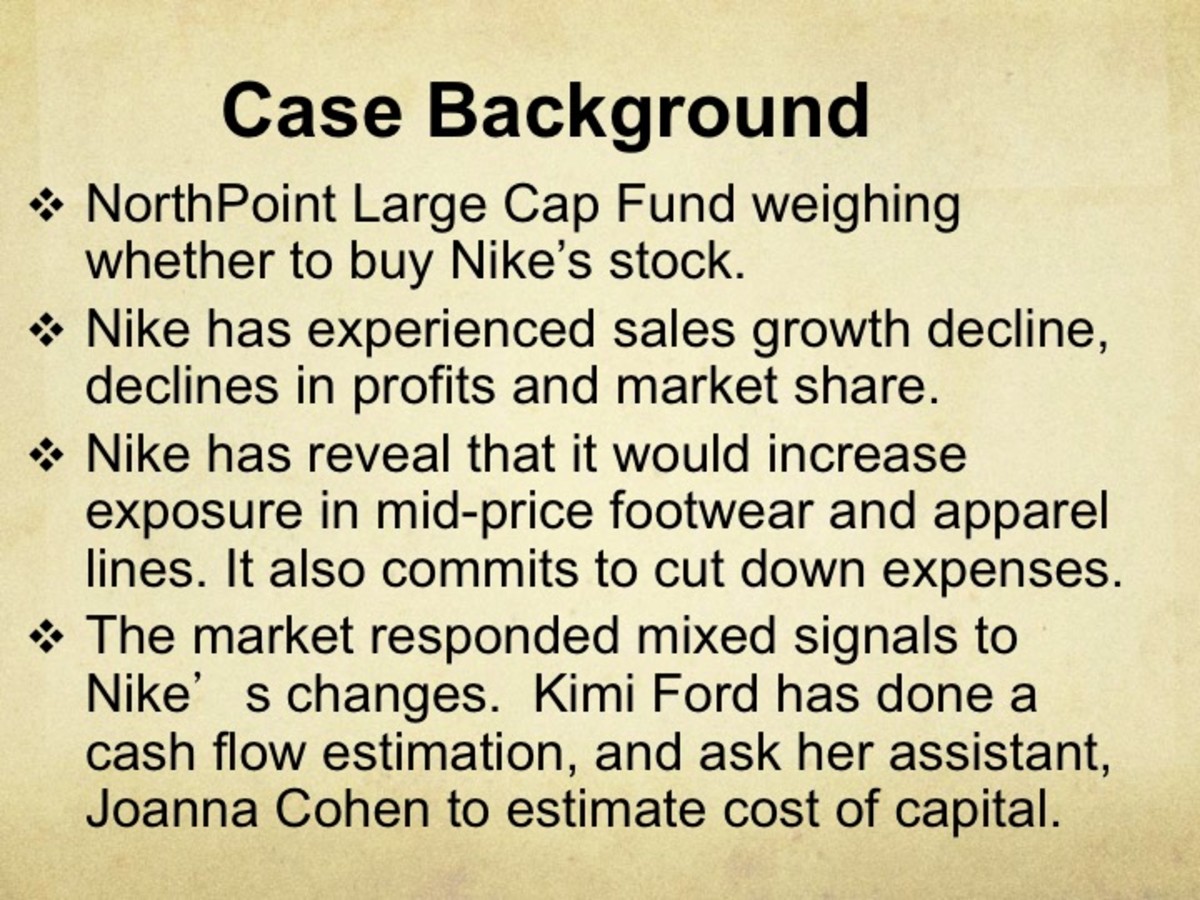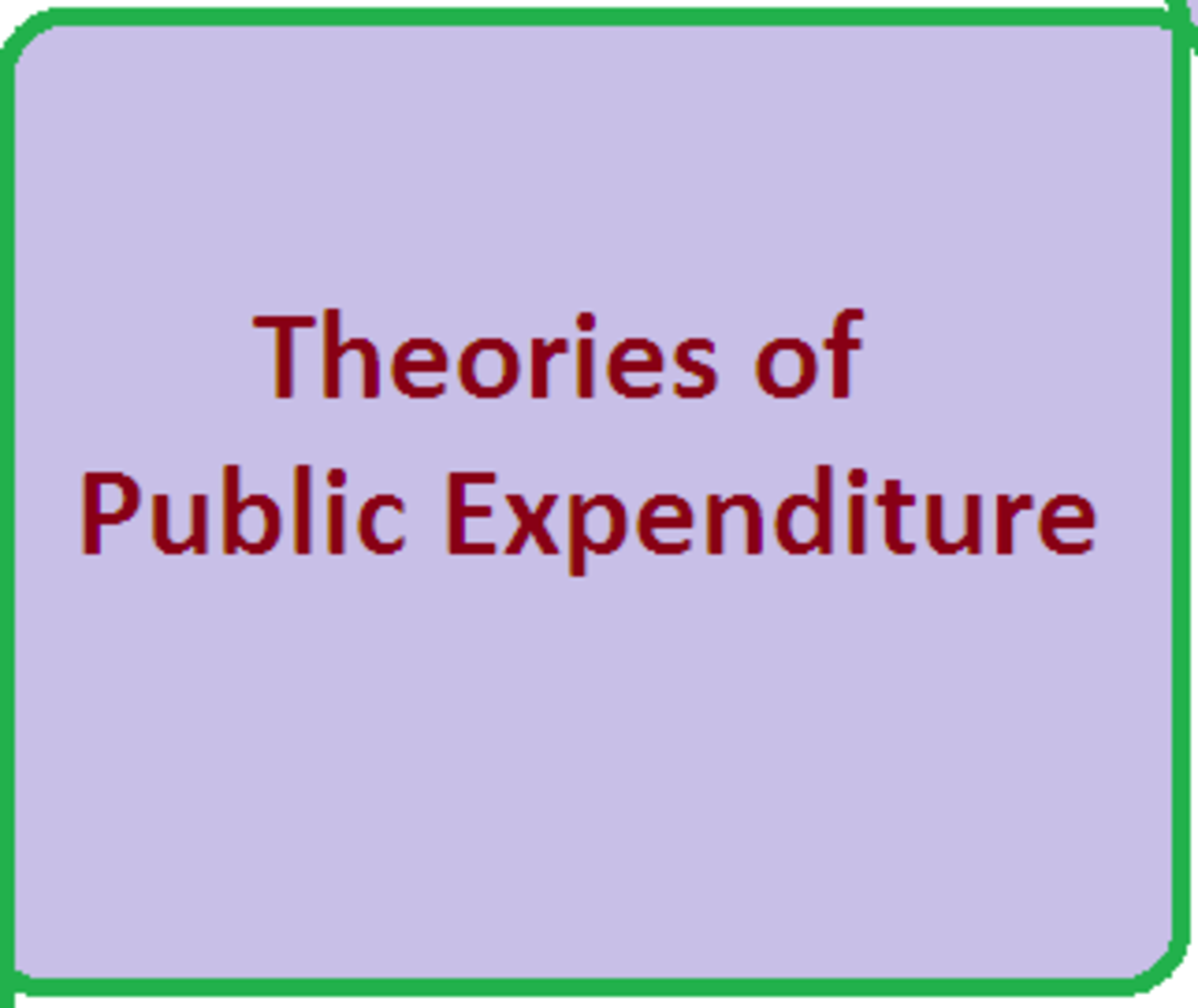Economic Theory for Social Equity in Agriculture
This is an “Economic Theory on Social Equity for Agriculture” that conceptualizes the development strategies on “Contract Grower Support System” and “Credit Facility Support System”. For this agricultural inputs along the economic model may assume to provide higher revenue scale from $100 average monthly income may rise to $ 271.43. The economic theory provides quantitative analysis about the implementation of the Social Equity Model for Employment and Income in Agriculture .Once this support mechanism becomes operational it is expected to provide additional constant agricultural revenue of $100 and there is an excess profitability level of .7143 as calculated by the assumed commercial profits from the 3 players. The Social Equity Management Team has to provide “contract grower support system.” There is a “credit line facility” to purchase the needed agricultural inputs and materials in the entire process of agricultural production
These are the common problems of farmers in the production of agricultural crops as they are going to buy the agricultural inputs at a high price. The cost of production is quite high yet the harvest agricultural products are sold to a much lower price.
1.At a minimum 20 percent share of profits on the purchase of agricultural crops from the commercial dealers in agricultural products.
2.At a minimum 20 percent share of profits in buying the agricultural and products to the farmers by traders, middlemen, and commercial dealers.
3.At a minimum 5 percent interest rate per month in the purchase of agricultural inputs.
Contract Growing Scheme for Input Agricultural Materials Support System
Assuming the monetary value is 1000 for any given nominal monetary exchange rate by the sovereign state. The assumed presentation of contract growing scheme for input agricultural material support system is the technical and financial grants as implemented by the Social Equity Management Support.
Let us now post the economic theoretical discussion about this model wherein :
A is 1000 x .20 = 200 profit share from the 20 percent rate on the assumed profit by the commercial agricultural inputs
B is 1000 X (.5 x 6m) = 300 interest rates for the production cost per1000 unit cost
C 1000 X .20 = 200 profit share from the agriculturalmarketing to the traders
Economic Calculation on the Profit Sharing of Agricultural Players
A(.20) + B(ab .5% x 6m) +C (.20)
pX
Economic Assumptions of the Profit Share of Agricultural Crops
A(.20) is the profit share by the commercial agricultural inputs
B (ab.5%x6m) is 5 percent monthly interest from the borrowed money
C (.20) is commercial profits from the traders
pX= Agricultural Production of Commercial Crops
Let us say the assumed agricultural investment of particular agricultural crops whether rice, corn, vegetables, root crops and etc. is 50,000 as monetary value. The farmers needed an agricultural equity of 40,000 as monetary value at 4 months interest at 5%. The agricultural production of commercial crops reaches to the traders at 70,000 as monetary value with a minimum assumed commercial profit of 20 percent.
The Social Equity Mechanism for the credit facility of agricultural inputs may now be taken to the farmers by the three commercial variables that may lead to the additional income of farmers. Using the assumed model with minimum rate of profit share and interest the farmer may now receive additional income on this economic translation:
· A = 50,000 agricultural investment input
X .20 profit share by the commercial agricultural inputs
10,000 share of production cost
· B = 40,000 needed money for the production cost
.16 at 4 months interest for the equity share at 4 percent
6,400 interest rates for 4 months at 4 percent
· C = 70,000 agricultural production of commercial crops
.20 commercial profit from traders, merchants and middlemen
14,000 share of commercial profit
Let us assumed at this economic translation in the impoverished agricultural area: The agricultural production cost of 50,000 is monetary value the sale of the commercial crops reaches to 70,000 as monetary value which is translated to 0.2857 ( 30 percent) share of profit for four months of agricultural operation.
This agricultural economic activities in the impoverished farm areas may produce profit shares to the following economic players for the sustainability in the operation of “ subsistence farming” from the assumed cost of production of 50,000 and 70,000 gross revenue of this agricultural operation.
10,000 market profit share of the agricultural input ( 36 percent share)
4,000 four months usury interest rate at .4 percent (14 percent share)
14,000 share of commercial profits by the traders (50 percent share)
28,000 economic profit share by the A,B, and C players (71.43 percent)
The 3 economic players may receive profit share of 28,000 as monetary value ( 71.43 percent) as compared to 20,000 as monetary value for the revenue of the farmers. This is 29 percent higher than the revenue of the farmers. The traders, middlemen and merchants have received 70 percent if compared by the agricultural profit of the farmers and 50 percent profit for the commercial centers.
The economic value at the amount of 1 million revenue commercial sales of the agricultural production. The farmers will only receive an estimated 300,000 on monetary units. Most the revenue resources shall be shared by the commercial establishments at 252,000 monetary value(36 percent share); private creditors at 98,000 monetary value; and 350,000 traders and businessmen at 350,000 monetary value (50 percent share).
Social Equity Model for Agriculture
Let us assumed that a country has an average farmers’ monthly income of $100 monthly income with the traditional agricultural shares of the 3 players. How much revenue share be given to the farmer with the meager monthly income of $ 100 .
Based on this “Social Equity Model on Employment and Income for Agriculture,”the Social Equity Management Team shall provide the technical, financial and management support in the agricultural production of the impoverished areas in the locality. The “contract growing system” and “credit line facility system” shall be utilized in the Input Agricultural Materials Support System.
For this agricultural inputs along the economic model may assumed to provide higher revenue scale once it is operational:
- The agricultural income provides additional constant revenue of $100.
- There is an excess profitability level of .7143 as calculated by the assumed commercial profits from the 3 players.
Hence, the $ 100 monthly income may increase additional income of $100 and profitability excess of .7143. By using the economic model the revenue monthly income of farmers may now reach to $ 271.43. Remember that this economic calculation is only a fraction of the potential return of investment by the farmers in the assumption that the Social Equity Management Team may now provide the economic agricultural variables:
1.The “contract grower scheme” wherein the agricultural inputs is given under the “credit facility scheme” of the farmers.
2.The “credit facility scheme” shall no longer provide usury monthly interest rate of 5 percent.
3.The agricultural production of commercial crops may no longer shared by traders and businessmen.
From the examples of economic calculations reflected only at minimum level of 20 percent. You might be amused to know that both profits of the agriculture commercial center may reach up to a range of 30-70 percent. While the commercial traders may have even higher range of profit to 50-100 percent. Once projected by the economic calculations at a maximum level the $100 may reach to $500 average monthly income. Wow! In Asia and Africa, this average monthly income, may bring the high standard of living. The social dilemma on the consequence of poverty may now change for the economic improvement of life by impoverish agricultural areas in Asia and Africa.



